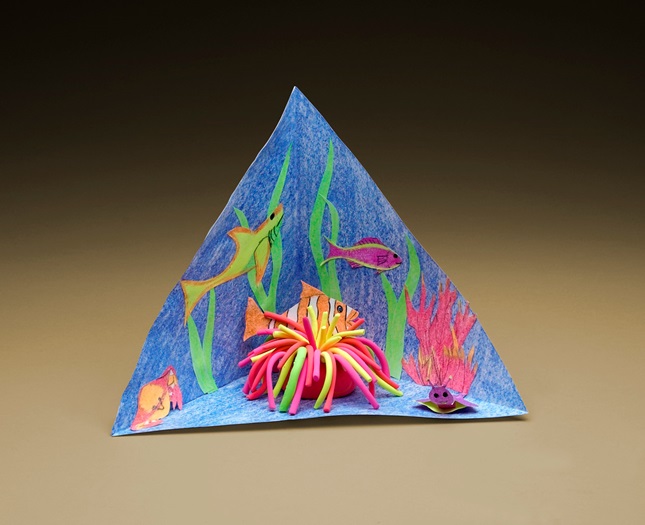Most of us will by now have seen Sainsburys Christmas 2015 advertisement.It stars Mog the cat.There is a beautiful story by Judith Kerr about Mog at Christmas too- a much less disastrous story!
Here are some ways I think we can exploit the video clip with moving on and advanced learners in UKS2.
First watch the clip and look at the language content- house,home, kitchen,food,decorations, actions,emotions etc....
First why not try out some of the observation reading activities I wrote about here:
You can revisit familiar language, explore new vocabulary (house,home,verbs ,adjectives, empotions, adverbs etcetra etcetra!)and broaden vocabulary and then get the children to observe the clip and identify when they see key written language.
Revisiting language observational games
Let's be a bit negative!
The clip describes how everything is spoilt by a fire in the kitchen.....
Why not practise the negative with the children in UKS2?
- Look at the structure of the negative using "there is/there are "in the target language.Ask the children to watch the clip and pause the clip at points and ask the class to write individually or in pairs or with TA support a negative sentence e.g pause as the tree falls down ... can the children write "There is no tree".
- Share the sentences!Ask volunteers to share their sentences either in spoken or written form.Write them out clearly on the board.
- Now let's add a touch of positivity!
- Can the children help you to change their negative sentences to positive sentences!
- Write the positive sentences out clearly too!
Let's be melodramatic!
- Ask the class to practise with a partner saying a negative sentence from your list and then the opposite "positive" sentence" from your list
- Can they add emotion in their voicesand facial expressions?
- Can the class mimic what they hear and see as children volunteer to perform their melodramatic negative- positive sentences?
Let's share the good news!
- Create simple negative- positive lift the flap strips -
- Ask the children to write a negative statement on the top flap and a positive statement to rectify the situation on the bottom flap
- Encourage children to find new target language vocaubulary for items associated with celebrations!




































